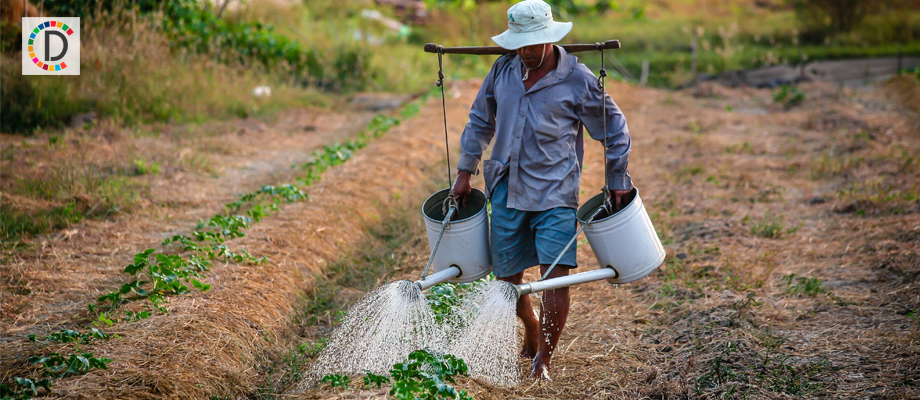Chilies vs. Corn: Zimbabwe's Battle with Drought and Climate Change
Gertrude Siduna, a farmer in Zimbabwe's arid Chipinge district, has shifted from corn to chili farming due to recurrent droughts. Through USAID's climate-smart program, she finds chilies more profitable and drought-resistant. Zimbabwe faces severe food shortages, prompting innovative agricultural methodologies and foreign aid efforts to combat climate challenges.

In Zimbabwe's parched Chipinge district, Gertrude Siduna, once reliant on corn farming, has turned to cultivating chilies. This shift stems from droughts that have ravaged crops traditionally sustaining her family. Embracing chili farming, Siduna finds it profitable, netting around USD 400 from the climate-resilient crop.
The transformation comes under a US Agency for International Development pilot program aimed at bolstering agricultural resilience against climate change-induced droughts. Such strategies are necessary as rich nations face increased criticism for their role in global emissions and a responsibility to aid affected countries. The USAID plans to disburse USD 150 billion towards climate-focused projects to counter global climate phenomena.
Zimbabwe, wrestling with severe food scarcity, witnesses farmers like Siduna pivot from corn to chilies and millets, seeking cash crops resilient to heat and poor soils. The move is crucial as the country's corn yield dramatically falls short of its requirements. Innovations such as solar-powered irrigation further illustrate adaptive responses to the climate crisis.
(With inputs from agencies.)










